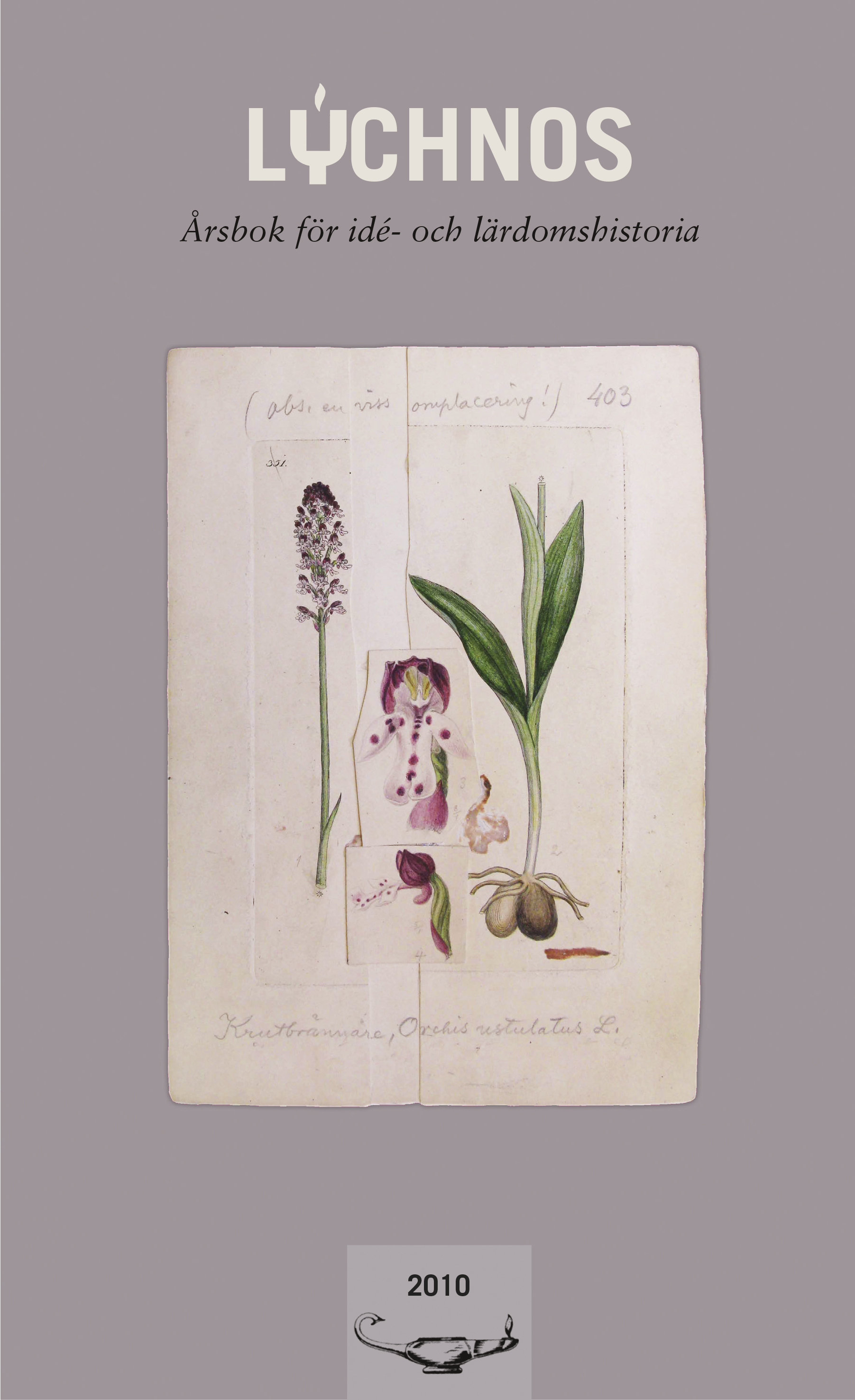The multitext book – a safe with many compartments
Abstract
The Greco-Roman book was a papyrus roll. It was unitary, i.e. the contents were homogeneous in the sense that it contained sometimes one text, sometimes many or all, opera omnia, by one author. In late antiquity too, the book, although different in form and material, looked the same. But during the early Middle Ages a change took place. The so-called miscellany, or multitext book, was born, a book where many texts by many different authors, copied by one or many scribes, are held together in one volume. It was no less than a revolution and it is a frequently discussed question exactly how, where and when this happened, as is also the typologies, the functions, the geographical and social spreading of this new type of book. The multitext book became very common in the schools and universities of Western Europe, with an all-time high during the 13th century. From a typological point of view the books are small, with the text in one column, written in cursive, informal scripts and without decoration. They are private products, meant to be used within a rather closed circle and not designed for distribution or for the market. In research they have often been neglected and in library catalogues sometimes described as ”nullius momenti” (of no importance or value).
Taking as the point of departure a multitext book, a 15th century manuscript, today at the University Library in Lund, I look at the miscellany as a codicological research object, at the terminological confusion regarding its definition and how the physical make-up of the book mirrors its function.
Downloads
Published
Issue
Section
License
This work is licensed under a Creative Commons Attribution 4.0 International License. The copyright for the work published in Lychnos remains with the authors.


